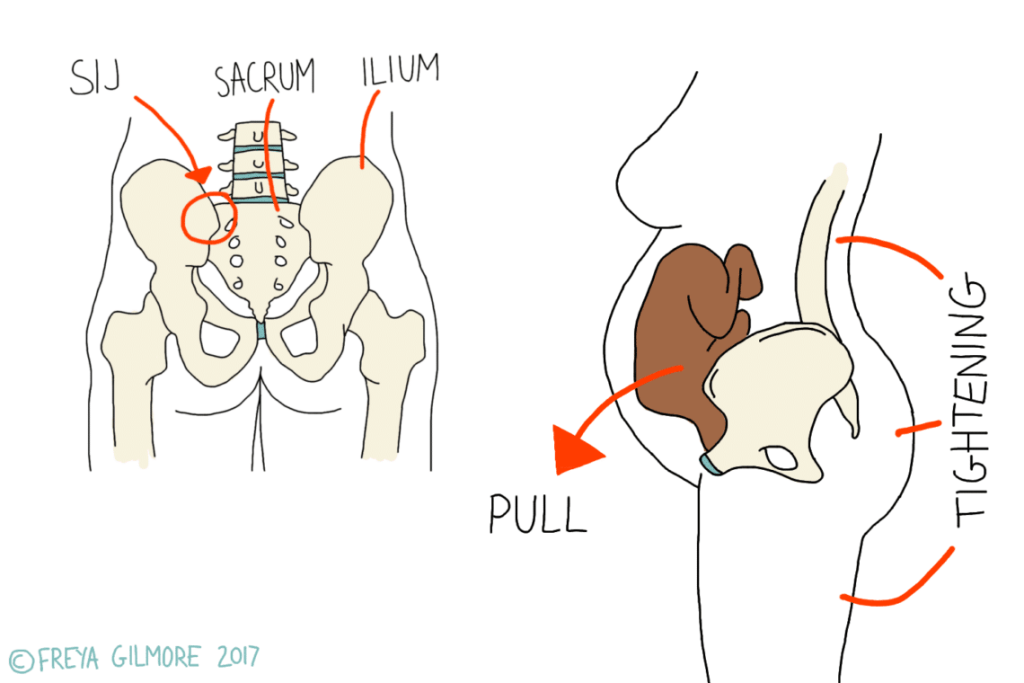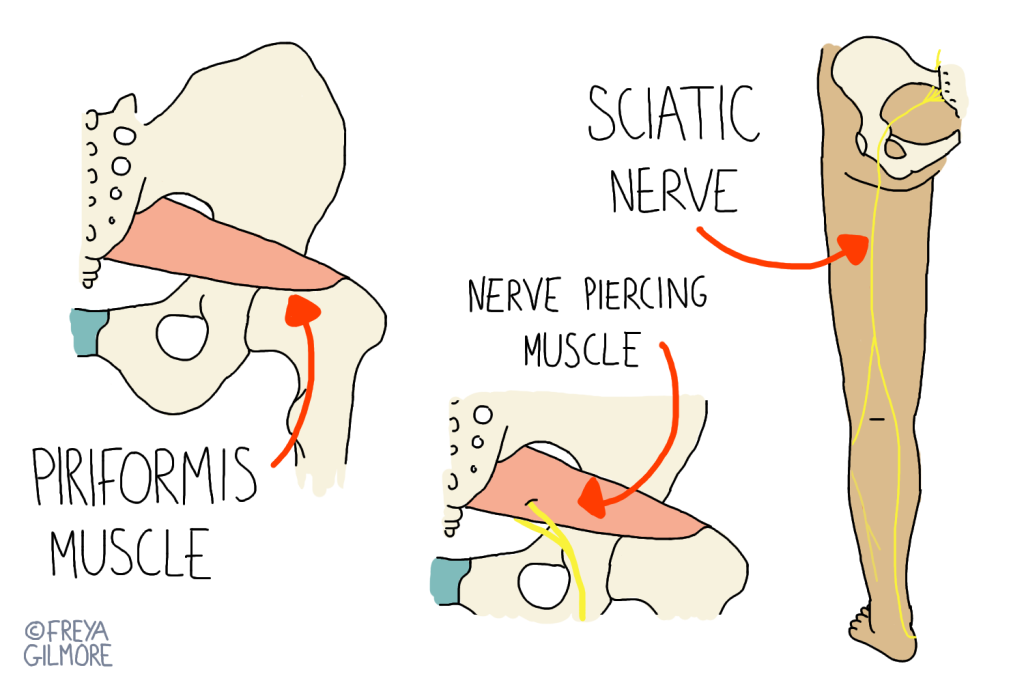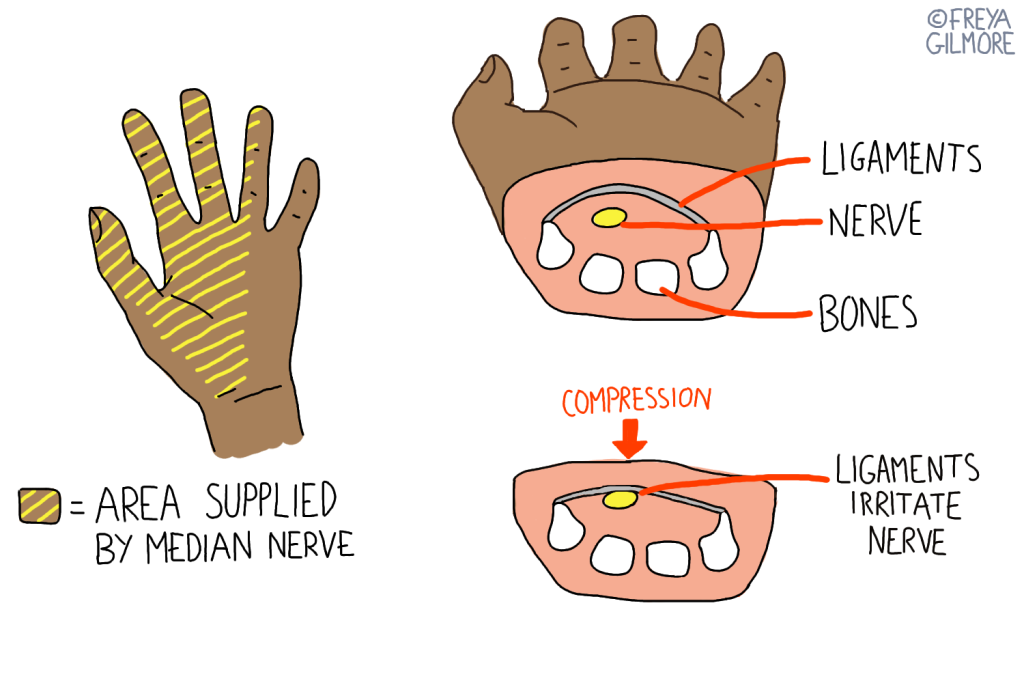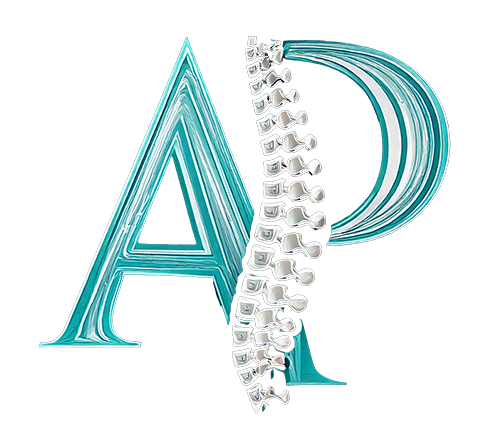Pregnancy and Osteopathy
Pregnancy may be the time in which the body goes through the most changes in the shortest period. Like any other significant physical change, this can lead to discomfort. Although we expect some discomfort in pregnancy and post-partum, not all of it is unavoidable.

Back and Pelvic Girdle Pain
One of the biggest causes of pain in pregnancy is the lower back and pelvis. From very early on in the first trimester, the body produces a hormone to relax ligaments. Its aim is to loosen the pelvis in preparation for birth, but its affects are more wide reaching.
Pelvic girdle pain (PGP) is pain that can affect both the front of the pelvis and the two sacroiliac joints at the back. It can be worse going from sitting to standing, or turning in bed at night. Some people find it feels better with exercise, but that it will feel a lot worse the next day. PGP is a result of the changes your body is going through, so it might be quite unpredictable in nature. Your osteopath can work with you to identify the factors that make your PGP better or worse. We can also give you exercises to complement the work we do in clinic.
If you have PGP in the run up to birth, you may need to alter your birth plan to accommodate it. It is advised to avoid wide-leg positions in this case. For maximum freedom in the delivery room, seek treatment sooner rather than later.
Sciatica and Piriformis Syndrome
Postural changes in response to a changing centre of gravity can mean more demand on the muscles of the back, buttocks, and hamstrings. These muscles just so happen to be in the same area as the sciatic nerve.

Sometimes a mix of strengthening and stretching is enough to ease off symptoms. In Piriformis Syndrome, the sciatic nerve is irritated by a tight muscle deep in the buttock. If pregnancy posture is to blame, we can work to alter the way you stand, or advise lifestyle changes to minimise chance for irritation.
Typically, the longer a nerve spends in an irritated state, the longer it takes to calm back down. Don’t wait for your symptoms to get unbearable before you seek help.
Carpal Tunnel Syndrome in Pregnancy
The same hormone that relaxes ligaments also has an effect on the circulatory system and kidneys. Water retention and cramps may be related to this, as more fluid is present in body tissues. This generalised low-level swelling is responsible for an increase in risk for carpal tunnel syndrome during pregnancy.

The carpal tunnel is the space beneath a ligamentous tissue in the wrist. Nerves pass through this narrow tunnel, and can be compressed when there’s excess pressure in the area. This can be due to aforementioned water retention, or repetitive strain to the muscles that pass through.
Your hormonal causes of this water retention will resolve after birth, but your osteopath can help in the meantime. Treatment and exercises to clear the fluid from the wrist can give some relief. We can also look elsewhere in the arm to see if anything else is contributing to the pressure. If appropriate, we can also advise on the use of a wrist support or cool compress.
Osteopathic Treatment in Pregnancy
Osteopathy is a gentle, conservative therapy. Some patients prefer to avoid any kind of manual therapy during the first trimester, which would still give plenty of time to address any aches and pains before they progress.
If you’re suffering from muscular or joint pain during pregnancy, book now to get on top of them before birth.

